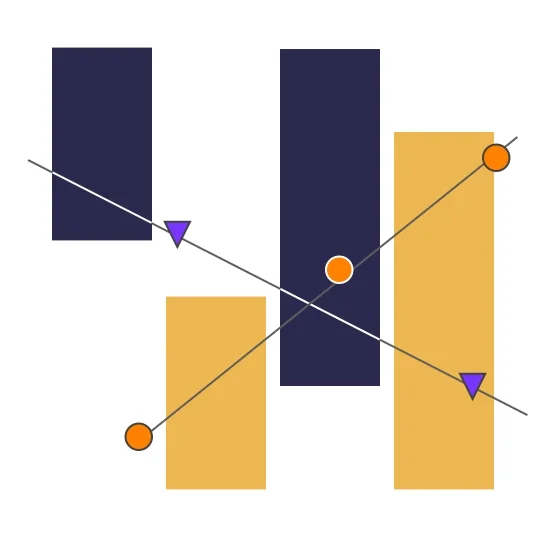Discovery of many new cell types in the retina using real-time imaging
/In a paper entitled The functional diversity of retinal ganglion cells in the mouse, the authors provide a new and startling classification of retinal ganglion cells (RGCs) by recording their real-time activity in response to visual input, revealing many new types of cells.
Read More








